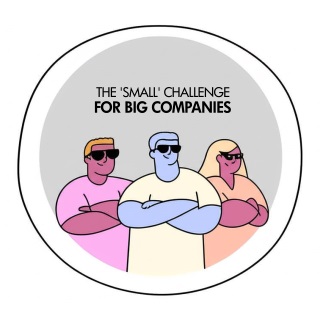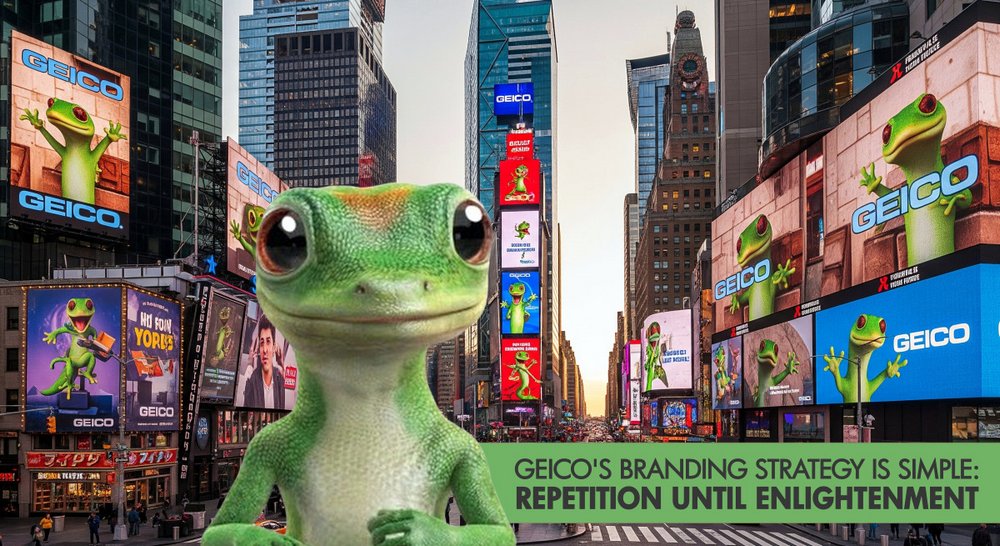
I’ve been binge-watching the Irish-British sitcom Mrs. Brown’s Boys. It’s a refreshingly unpolished comedy—equal parts pratfall, dry wit, and show-business bravado. The series delights in on-air flubs and live-studio gags. Beneath the chaos lies a shrewd grasp of character and timing.
The show has deservedly received poor reviews from critics and TV audiences, but it thrives where traditional comedies hesitate—embracing the messy and unscripted with gleeful abandon.
One of the show’s hallmarks is its reliance on ad-libbing. During sketches, actors bait Brendan O’Carroll—who plays the indomitable Agnes Brown—with off-book quips, and he returns the favor by springing surprises on them. This give-and-take sparks real mishaps: actors flub lines, snort with laughter, or break character outright. These unscripted gaffes often hit harder than the written punchlines and lend the series a raw, stage-play immediacy.
That anything-goes spirit comes from an unconventional ensemble. Most of the main cast are family members and lifelong friends. They’ve grown up with these characters—on radio, in touring stage shows, and on TV. That loyalty infuses each scene with genuine warmth, turning flubbed lines into endearing inside jokes. In Mrs. Brown’s Boys, even the mayhem feels like a home movie you’re invited to sneer at—and secretly applaud.
Rather than hiding its seams, Mrs. Brown’s Boys tears them wide open. It winks at the camera and revels in live-show unpredictability. These fourth-wall breaches aren’t gimmicks—they’re invitations. Viewers aren’t just watching; they’re in on the joke, complicit in every pratfall and punchline. This collapse of artifice invites a question: what do we value more—crafted dialogue or unscripted reality? Mrs. Brown’s Boys discards polish in favor of spontaneous combustion. When an actor snorts mid-scene, it’s not a mistake—it’s a reminder that we’re witnessing something real. And that vulnerability—that glorious unsteadiness—is its greatest asset.
Messy and divisive, the show thrives on human unpredictability. It doesn’t just deliver punchlines, it invents them live. You’re not merely laughing at the jokes; you’re watching them take shape in real time. That, perhaps, is the show’s slyest joke.
At its core, Mrs. Brown’s Boys is more than slapstick anarchy—it’s a case study in presence. In work or in life, we’re tempted by flawless facades. But real moments emerge only when we risk imperfection. The show’s unscripted humor reminds us that when control slips, authenticity rushes in—and those unguarded flashes are often the funniest, and most human, of all.
Idea for Impact: Often, irreverence—when wielded with wit—is the finest antidote to cultural pomposity.
.jpg)

 There’s an old joke about the Soviet Union’s approach to industrial planning. It’s been told so often it’s
There’s an old joke about the Soviet Union’s approach to industrial planning. It’s been told so often it’s 
 McDonald’s has long leaned on
McDonald’s has long leaned on  We tend to see
We tend to see  Organizations often face a moral dilemma when confronting high-performing individuals—those rainmakers whose charisma and drive yield tangible results (Jack Welch’s
Organizations often face a moral dilemma when confronting high-performing individuals—those rainmakers whose charisma and drive yield tangible results (Jack Welch’s .jpg)

 Marketers have adapted this insight with varying degrees of boldness. Dove, the personal care brand under Unilever, redefined beauty norms by spotlighting authenticity. Its
Marketers have adapted this insight with varying degrees of boldness. Dove, the personal care brand under Unilever, redefined beauty norms by spotlighting authenticity. Its  Yet the Pratfall Effect
Yet the Pratfall Effect  Conscience isn’t as reliable a guide on moral questions as it’s often made out to be. Consider
Conscience isn’t as reliable a guide on moral questions as it’s often made out to be. Consider 
 What struck me most in Penang is how Confucian values—often dismissed as rigid—are anything but. They
What struck me most in Penang is how Confucian values—often dismissed as rigid—are anything but. They